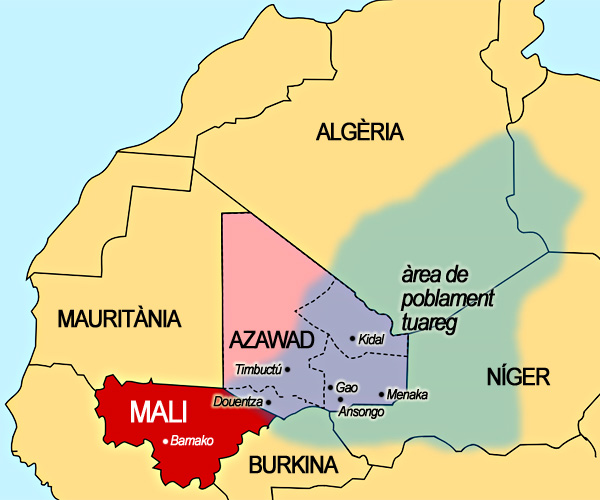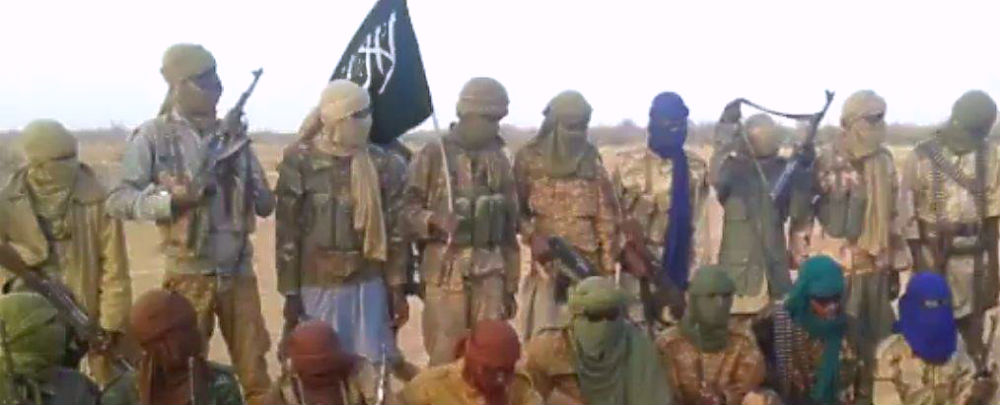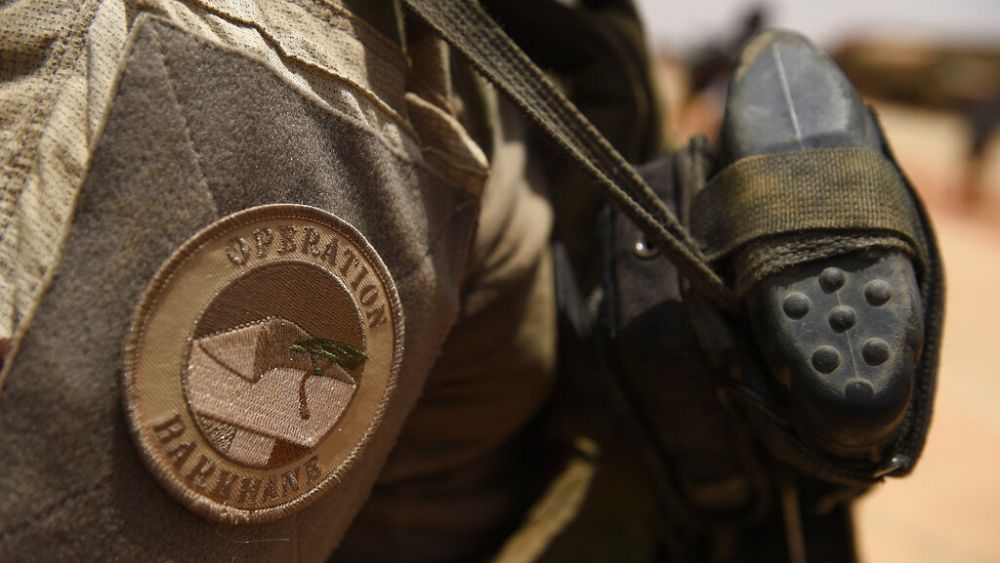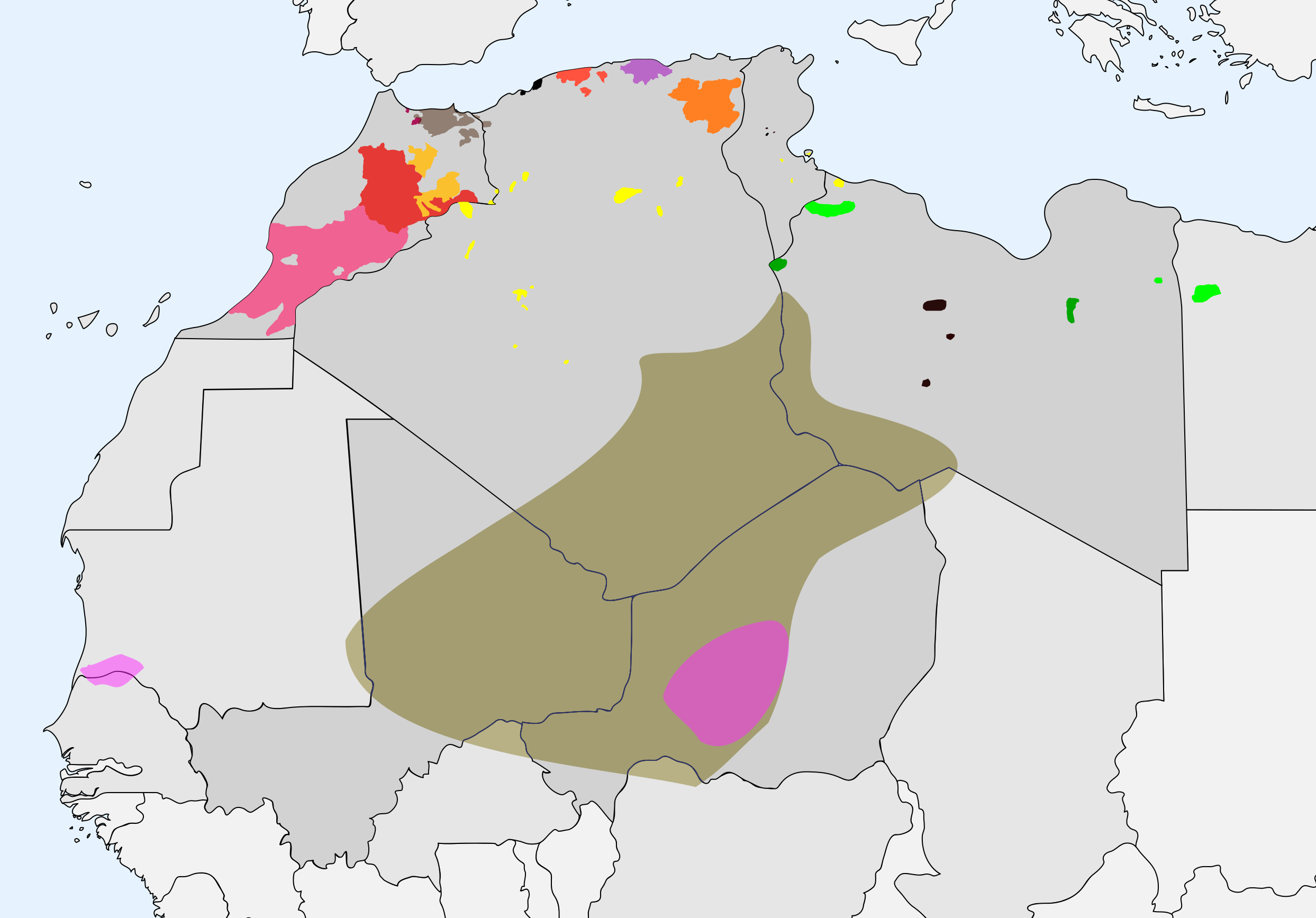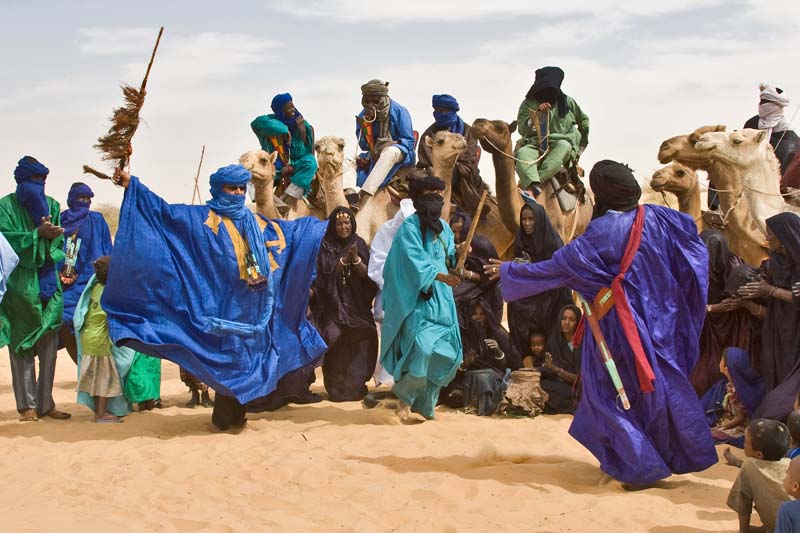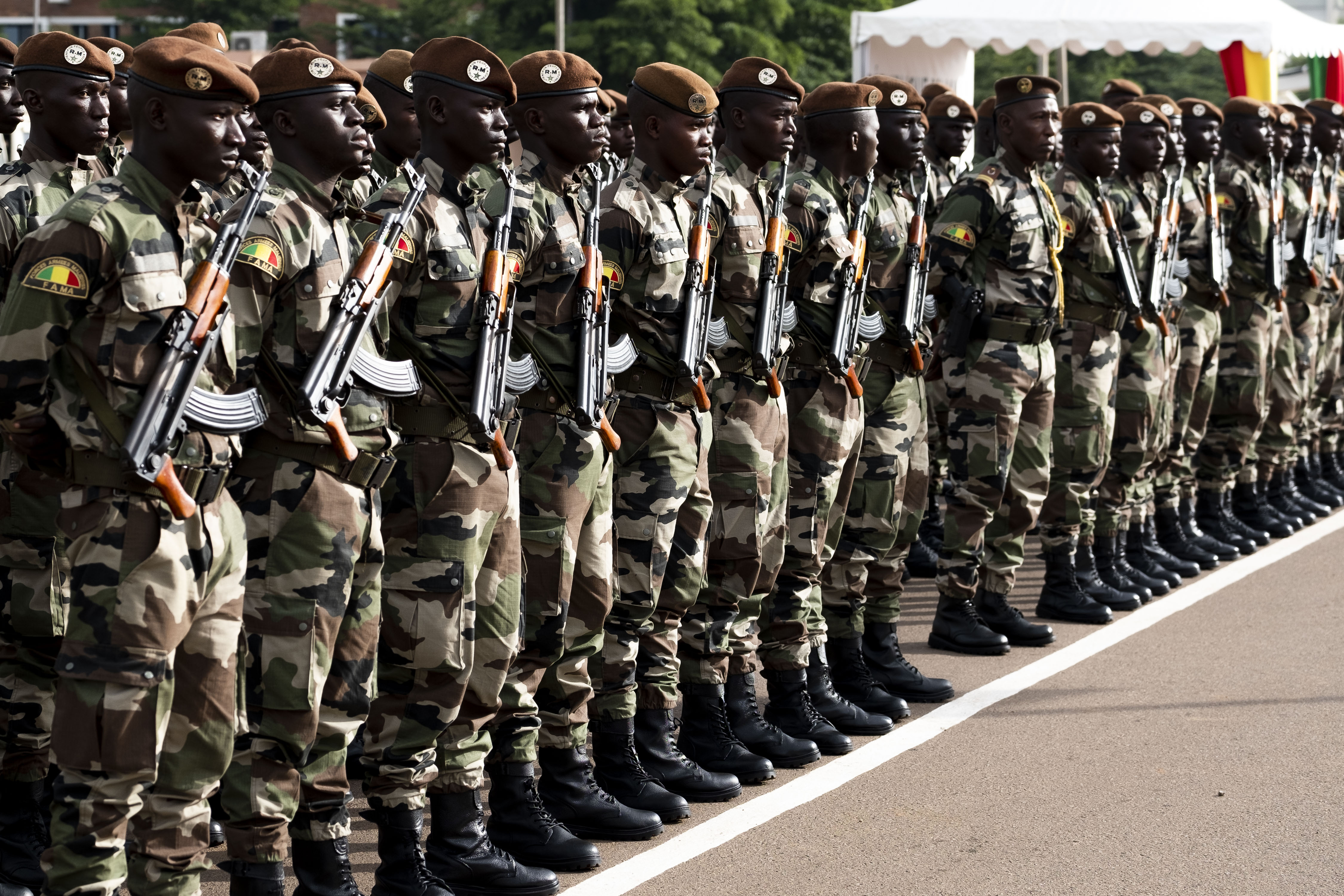Introduction.
The Israelis had the following strategic tasks for their invasion of the Palestinian Gaza Strip on Sunday, October 8, 2023:
Ensuring that Israel will not be attacked from the Gaza Strip again.
Organizing the political and administrative structure of the Strip and its peaceful and stable functioning.
Destroying (incapacitating) the capabilities of the Command and Structure and the militancy of Hamas.
That this terrorist organization, whose statutes state that the Palestinians occupy from the river (the Jordan) to the great sea (the Mediterranean) as their national land, will not again be a vital threat to Israel.
Development and means.
Israel has killed about 40 thousand Palestinians so far, according to Hamas sources, which are the least prestigious and least credible. And it has not yet achieved any of its important or secondary objectives. For example, eliminating the entire senior leadership of Hamas.
The tasks of artillery, as the heavy fire of an army, are, in ascending order of enemy annihilation: Blind, Disrupt, Neutralize and Destroy.
The last task is almost impossible to achieve. Because, the same debris produced by the first artillery fire or aircraft bombs, increases the chances of shelter and of creating ambushes and defensive positions by the attacked.
In the Plans for heavy fire support of ground units, normal and reactive artillery, heavy anti-tank defense, short and medium range rockets and ground support aircraft are included and intervened.

Normally it is impossible to kill or physically injure all the enemy. This may have been an impossible goal, sought by Israel in the first moments of the war. In the midst of the incapacitating intoxication of anger, pain, revenge and fear. When the Israelis found themselves in the middle of a strong and selective attack in their rather deep (operational) rear. That was not detected in any of its preparations and operational phases by the Mossad and other agencies, nor was it repelled, once it was launched, starting with the small garrisons of the IDF in the southeast and east of Israel, around the Strip.
If the objectives were more ambitious and provided with more resources, by the Hamas leadership (presidency and 3 vice-presidencies, with their advisors), and admitting the non-maintenance of the objectives occupied by Hamas, Israel would have been in serious military danger due to the damage to its rear military structures. The following could be attacked: military airports; land transport parks; obstructed roads and occupied or destroyed crossings; fuel depots; command and transmission centers; communication networks; arsenals…
The functions of the Hamas Structure.
The central structure of Hamas is made up of an external presidency (located outside the Palestinian territories) and three vice-presidencies. The Gaza one, under Yahya Sinwar‘s command, is the most influential in the organizational chart. Another is in the West Bank, operationally superimposed on the Palestine recognized by the UN, which is the Palestinian National Authority, based in Ramallah. The presidency and the other vice-presidency are abroad.
The president of Hamas was Ismael Haniyeh, who has just been sacrificed in an allegedly Israeli attack in Tehran. When Haniyeh was attending the takeover of the new Iranian president.
As a general rule, recently broken, Israel has the habit of not claiming responsibility for any attempt or attack on the enemy.

The importance that Sinwar has for Hamas in its organization and in decision-making, makes him surely the successor of the late president of Hamas. He will be in charge of making military and political decisions for Hamas. And in how to carry out the war and its objectives and in the difficult negotiations with Israel.
The liquidator missile entered precisely the room where Haniyeh was, protected by the Revolutionary Guard of the Islamic Republic of Iran. This is the Ideological Army of Iran. It is capable of protecting few within its borders. The precision in time and place of Haniyeh‘s Personal Data confirms that the Israelis have access to relevant information at the highest level in Iran.
And, it is in charge of developing the pro-Iranian revolutionary movements in the different countries of South-West Asia. Regardless of whether religiously they were of another belief or variety within Islam. Thus, they support Hamas, which is Sunni. In these activities, General Qassem Sulemaini, head of the al-Quds Brigades of the Revolutionary Guard, in charge of special actions outside Iran, where he entered at the age of 18, stood out with his own and shining light. Supreme Leader Ali Khamenei said, referring to him: «He is a son to me, I am a father to him.»

One handicap Sinwar has is that his usual effective hiding place is the military tunnel networks that run through the Gaza Strip. They are a defining structure for rigid defense (without giving up space to the attacker, normally) and in depth against a modern and highly motivated mechanized army. But, this network does not facilitate external communications for executives and military personnel.
Another great difficulty for Sinwar to be the supreme leader of Hamas and to be able to negotiate with Israel and live, is that he was the Main Responsible and Theoretician (of what he wanted to be done; he always dresses in civilian clothes) of the treacherous, cruel and disproportionate military attack on the south and southeast of Israel on Saturday, October 7th.
From Gaza, the militiamen left, trained to the point of sufficiency, in models and assemblies, which matched and resembled the fighting terrains in Israel. Which they would find in their deliberate, calculated, known attack. Which they would launch with precision on the south and southeast of Israel.
And, the Hamas irregulars returned to Gaza victorious, after killing more than 1,200 Israelis, soldiers from small posts, civilians from villages and kibbutzim (group, in Hebrew), young people having fun at a popular concert and capturing and taking as hostages some 250 Israelis and foreigners of Jewish affiliation, men, women, children and the elderly. They had the characteristics indicated by the Hamas leadership in Gaza; if they are weak and die quickly, they lose them.
And, little by little, the political-military leadership of Hamas is cut down by the determination, the motivation and the intensity and permanence of the Israeli operations. Especially, the occupation and clearing of the territories and tunnels of Gaza.

